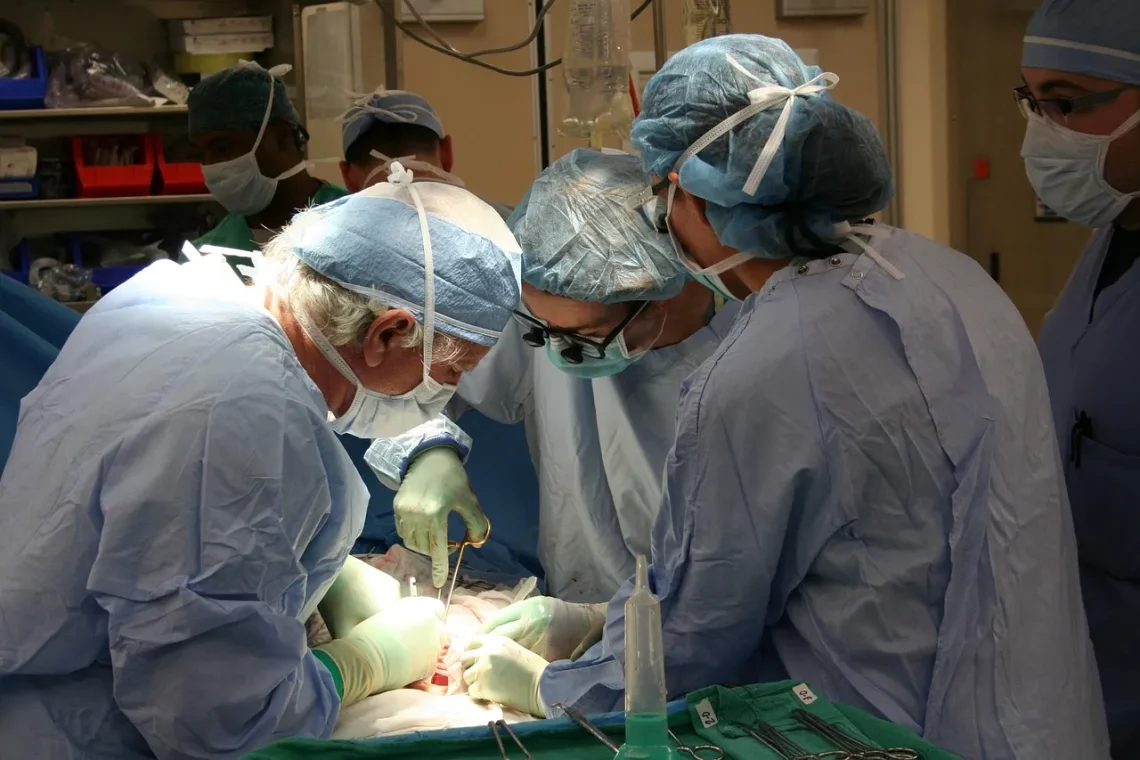
Plantar Fasciitis Surgery Pictures: A Visual Guide to the Procedure
Plantar fasciitis is a common condition that affects many individuals, particularly those who are physically active or spend long hours on their feet. It occurs when the plantar fascia, a thick band of tissue that runs across the bottom of the foot, becomes inflamed or irritated. This inflammation can lead to significant heel pain, making it difficult to walk or engage in daily activities. Over time, if conservative treatments such as rest, physical therapy, and orthotics do not provide relief, surgical intervention may be considered.
Understanding the surgical options available for plantar fasciitis is crucial for those suffering from this condition. Surgery is often seen as a last resort, but when other treatments fail, it can provide significant relief and restore mobility. The surgical procedures for plantar fasciitis are designed to alleviate pain and allow patients to return to their normal activities. This visual guide aims to enhance understanding of the surgical procedure by providing insight into what patients can expect during surgery and the recovery process.
Before diving into the specifics of the surgical techniques, it is essential to understand the anatomy of the foot and the role of the plantar fascia. This knowledge can help demystify the surgical process and provide patients with a clearer picture of their treatment options.
Understanding Plantar Fasciitis and Its Impact
Plantar fasciitis primarily manifests as pain in the heel or along the arch of the foot, especially noticeable during the first steps in the morning or after prolonged periods of sitting. This discomfort can significantly impact a person’s quality of life, limiting their ability to engage in physical activities, exercise, or even perform daily tasks such as standing for extended periods.
The underlying causes of plantar fasciitis are multifaceted. Factors such as overuse, biomechanical issues like flat feet or high arches, and certain occupations that require standing or walking on hard surfaces can contribute to the development of this condition. Additionally, people who are overweight or have tight calf muscles may also be at a higher risk.
In many cases, plantar fasciitis can be managed effectively with conservative treatments. Rest, ice therapy, stretching exercises, and the use of orthotic devices are commonly recommended to relieve symptoms. However, for some individuals, these measures may not be sufficient, leading to the consideration of surgical options.
Surgical intervention can seem daunting, but it is essential to recognize that it is typically a safe procedure performed by experienced orthopedic surgeons. Understanding the surgical techniques and what to expect before, during, and after surgery can help alleviate any fears or concerns.
Individuals considering surgery for plantar fasciitis should engage in a thorough discussion with their healthcare provider to weigh the risks and benefits, ensuring they make an informed decision about their treatment plan.
Types of Surgical Procedures for Plantar Fasciitis
When conservative treatments fail, various surgical procedures may be considered to relieve the pain associated with plantar fasciitis. The choice of surgery often depends on the severity of the condition and the specific symptoms experienced by the patient.
One common surgical method is the plantar fascia release. This procedure involves cutting a portion of the plantar fascia ligament to relieve tension and reduce inflammation. The surgeon may use either an open technique or an endoscopic method, which involves smaller incisions and can lead to a quicker recovery time.
Another surgical option is the gastrocnemius recession, which involves lengthening the calf muscle tendon to reduce tension on the plantar fascia. This technique can be particularly beneficial for patients who have tight calf muscles contributing to their condition.
In some cases, surgeons may recommend heel spur removal if the patient has developed a heel spur as a result of chronic plantar fasciitis. This bony growth can contribute to pain and discomfort, and its removal can provide significant relief.
Regardless of the specific procedure chosen, patients can expect certain elements during the surgery: anesthesia will be administered, and the surgical area will be prepared to minimize the risk of infection. The duration of the procedure can vary but is generally completed within an hour.
Understanding the types of surgical procedures available allows patients to feel more empowered and informed about their treatment options. It’s crucial to discuss any concerns or questions with the healthcare provider to ensure a clear understanding of the chosen approach.
The Surgical Process: What to Expect
Knowing what to expect during the surgical process can help alleviate anxiety and prepare patients for their experience. Once the decision for surgery has been made, the healthcare provider will give detailed instructions regarding pre-operative preparations.
On the day of the surgery, patients will typically arrive at the surgical facility where they will check in and complete any necessary paperwork. The surgical team will perform a final assessment to ensure that the patient is ready for the procedure. This may include confirming medical history, current medications, and any potential allergies.
Once in the operating room, the patient will receive anesthesia to ensure comfort during the procedure. Depending on the surgical technique, the surgeon will make incisions in the foot to access the plantar fascia or other structures.
After the surgical intervention is completed, the incisions will be closed, and the patient will be moved to a recovery area where they will be monitored as the anesthesia wears off. It’s common for patients to experience some discomfort or swelling post-surgery, which can be managed with prescribed pain relief medications.
The recovery process varies from person to person but typically includes a period of rest followed by gradual rehabilitation. Physical therapy may be recommended to strengthen the foot and improve flexibility, which can aid in the overall recovery and help prevent future episodes of plantar fasciitis.
Being aware of the surgical process helps patients prepare mentally and physically for their treatment, ensuring they know what to expect at each stage.
Post-Operative Care and Recovery
Post-operative care is crucial for ensuring a successful recovery after surgery for plantar fasciitis. Patients should follow their surgeon’s instructions closely, as this will greatly influence the healing process.
Immediately following surgery, patients may need to keep their foot elevated to minimize swelling. Ice packs can also be applied to the affected area to help manage pain and reduce inflammation. It’s essential to avoid putting weight on the operated foot until cleared by the surgeon.
During the initial healing phase, patients may be required to wear a special boot or use crutches to assist with mobility without putting pressure on the surgical site. This phase typically lasts for several weeks, and adherence to these recommendations can significantly impact the outcome of the surgery.
As recovery progresses, patients will likely begin a rehabilitation program that includes physical therapy. This therapy focuses on restoring strength, flexibility, and range of motion in the foot. Gentle stretching and strengthening exercises will be introduced gradually, allowing patients to build up their activity levels safely.
Regular follow-up appointments with the surgeon will be necessary to monitor the healing process and ensure that the foot is recovering as expected. These visits provide an opportunity for patients to discuss any concerns or complications that may arise during their recovery.
Ultimately, the goal of post-operative care is to help patients return to their normal activities pain-free. With proper care and dedication to the rehabilitation process, many individuals find that they can resume their daily routines and enjoy an improved quality of life.
In conclusion, while plantar fasciitis can be a challenging condition, understanding the surgical options available and the process involved can empower patients to make informed decisions about their treatment. As always, individuals experiencing health concerns should consult their healthcare provider for personalized advice and guidance.
**Disclaimer: This article is not intended to provide medical advice. Always consult with a qualified healthcare professional regarding any health issues or concerns.**




